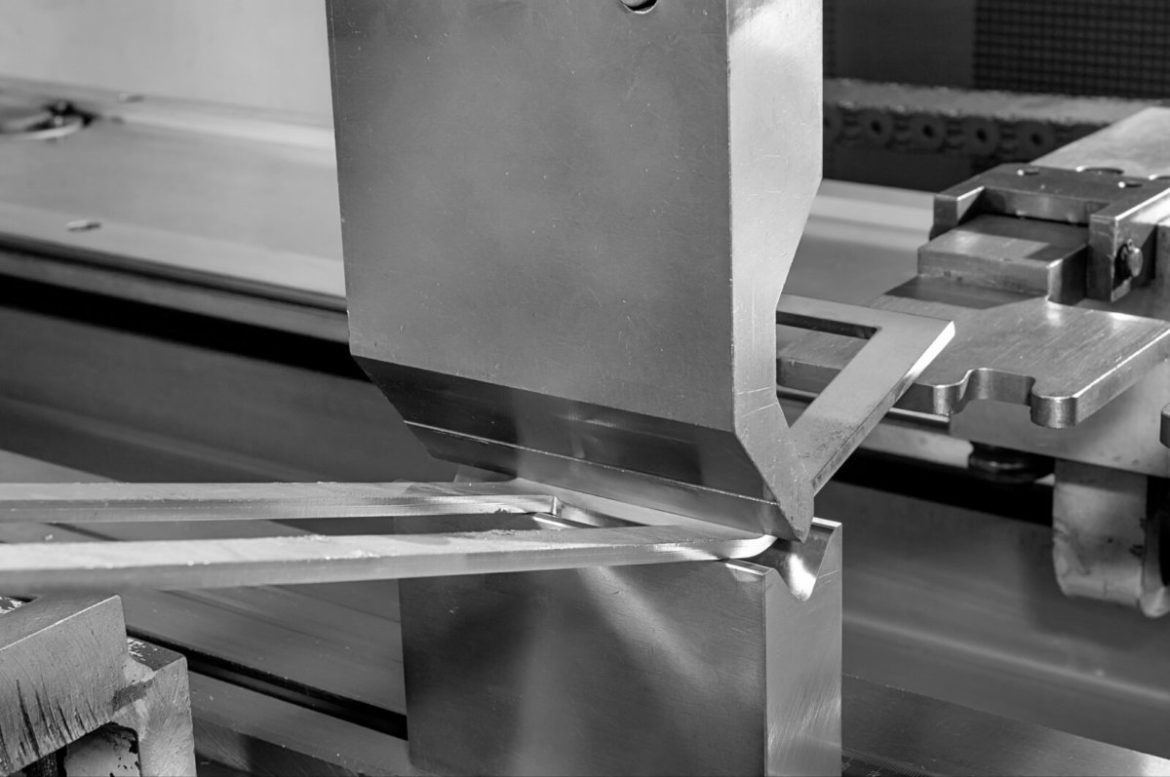Metal twisting is a cycle by which metal can be disfigured while applying power to the subject, which makes it twist at a point and structure the expected shape, which frequently brings about it being in a ‘V’ or a ‘U’ shape.
A press brake is a device utilized to twist sheet metal and uses a punch and pass on to do this. In spite of the fact that press slowing down might appear to be straight forward, staying exact all through the process can be very troublesome. There are a few kinds of press brakes which convey various degrees of power applied, for example, mechanical, pneumatic, water driven and CNC to give some examples models.
Mechanical
Because of this press brakes plan, it’s anything but a reasonable choice for air twisting. The two significant advantages of a mechanical press brake are speed and exactness, but other press brakes are more secure and simpler to utilize, for example, the CNC press brakes.
Pneumatic
A blower is utilized to supply air power for twisting the metal sheets. This kind of press brake is in many cases utilized when less strain is required. A pneumatic press brake is likewise best utilized for twisting little pieces of metal.
Water driven
Water driven press slows down frequently have the most recent innovation integrated inside them and are best utilized for exact twisting of metal sheet, which settles on them a well known decision for sheet metal bowing.
PC Numerically Controlled (CNC)
Lizard Fabrications has 4 CNC press brakes, including a 4.2 meter bed with 180 ton limit. These machines produce exceptionally exact outcome and can bed sheet metal work from only a couple of millimeters across to segments which are meters long on a portion of the bigger machines.
Kinds of Metal Bending
Air Bending
During this interaction the work piece comes into contact with the external edges of the kick the bucket, as well as the punch tip. The punch is then constrained past the highest point of the bite the dust into the V-formed opening without contacting the V.
Air twisting is the sort of bowing where minimal measure of contact is made. The hardware just contacts the material at 3 places: the punch, tip and the kick the bucket shoulders. Seen like the weight doesn’t create the curve, you don’t require however much you would do while utilizing the instituting technique.
Air bowing is the most broadly utilized kind of metal twisting and it’s quite easy to see the reason why, as there are many benefits to this method. Since the punch tip needn’t bother with to be pushed past the outer layer of the metal, considerably less weight is expected to twist in contrast with base bowing and authoring.
Base Bending
The distinction between air twisting and base bowing is that there is a distinction in sweep between the two. It contrasts from instituting as the punch and the tie don’t connect with the material, and there isn’t sufficient weight to make an engraving into the metal. Base bowing enjoys many benefits, for example, more noteworthy precision and less spring back while utilizing the tooling, which makes it a more secure choice while thinking about metal twisting procedures.
Instituting
Begetting is a twisting cycle where the punch and the work piece base on the pass on. This creates a controlled point, which prompts little spring back. There is more weight expected on this sort of bowing than in air twisting and base twisting.
Benefits of begetting are that, to create extraordinary outcomes, precision is fundamental and that is precisely exact thing the instituting technique can give. Alongside being precise, rehashing the outcomes is likewise a simple errand with regards to utilizing this strategy. Spring back is additionally more uncommon while utilizing instituting, implying that the metal is less inclined to get back to its unique state.


